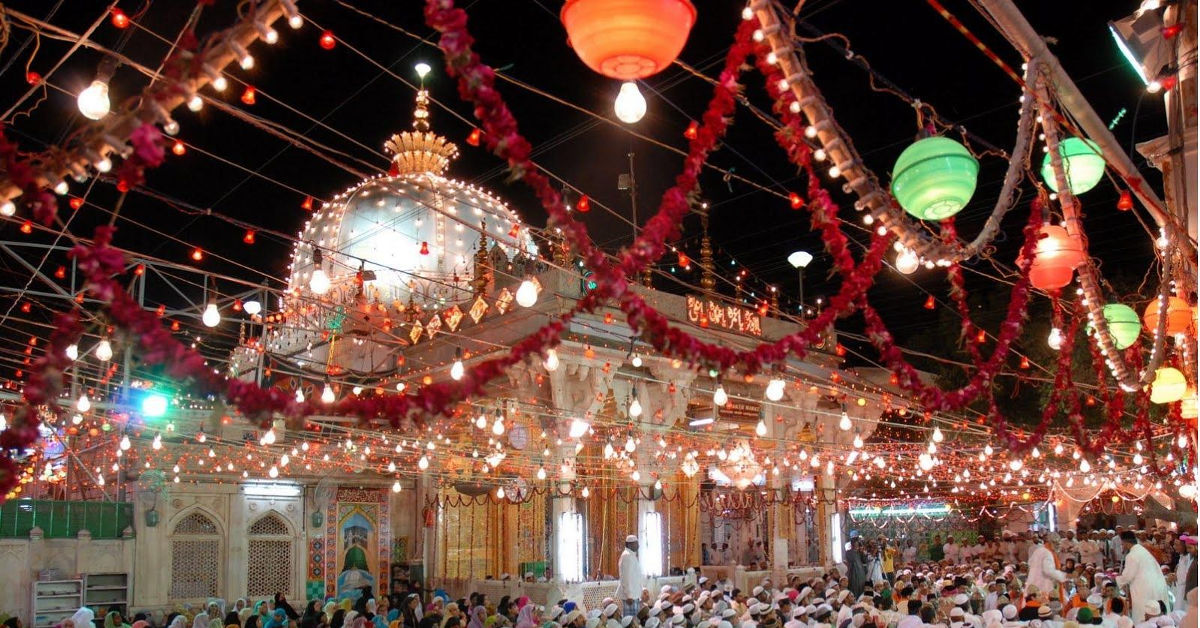Sheikh Moinuddin Chisti khwaja garib nawaz / शेख मोइनुद्दीन चिश्ती ख्वाजा गरीब नवाज
Muslim Life Pro App
Download
WhatsApp Group
Join Now
Hazrat Sheikh Khwaja Syed Moinuddin Hasan Chisti
Order: Chisti
Born: 530 AH/1136 AD Isfahan or Sistan (Modern-day Iran)
Passed away: 627 AH/1230 AD Ajmer, India
Resting place: Ajmer, India, Map of Burial Place
Title(s):Gharib Nawaz, Sultan-ul-Hind
[google-map]FJ4H+C7 Ajmer, Rajasthan[/go...


